Check me out on: Google+: | Facebook: | Twitter: | Flickr: | 500px: | Sign Up for My Newsletter :
It’s not an easy job to carve out a slice of the competitive camera lens market, but in recent years we have seen a few companies do just that. One of those is Venus Optics, a Chinese lens maker, who entered the market first with some innovative macro options – making lenses no one else was. Unlike some companies, however, Venus Optics was not content to stay in the “budget” lens category, and quickly moved on to more premium lenses sold under the Laowa brand. I’ve previously reviewed several of those, including the Laowa 105mm f/2 STF (Smooth Trans Focus) lens and the ultrawide 12mm f/2.8 Zero D lens. I found them to be premium, manual everything lenses whose all-metal construction reminds me of Zeiss in some ways, but even more of some of my favorite vintage lenses. The most recent Laowa lens is one for Sony full frame mirrorless (FE), the Laowa 15mm f/2 Zero D.
Prefer to Watch Your Reviews? Check out my video review here!
Laowa 15mm f/2 Build, Design, and Handling
I recommend that you watch this video to get a hands on, close look at the lens and its handling.
The Laowa 15mm bears many similarities to the 12mm f/2.8 Zero D lens, but with a few key improvements. If you don’t actually need the incredible nearly 122 degree field of view of the 12mm (and few do – 12mm is often too wide in many situations and presents a lot of compositional challenges) and shoot Sony E Mount, the Laowa 15mm f/2 makes a lot more sense. For one, it provides a full stop brighter maximum aperture of f/2 vs f/2.8. This allows you to have better results in low light conditions and will also give you more flexibility for shooting stars. A second key advantage to the 15mm f/2 lens is that it can use traditional screw on filters in a common (and inexpensive) 72mm size. Combine these advantages with the fact that the 15mm lens runs a hundred bucks cheaper and you’ve got a lens that is more practical for many shooters.
The 15mm f/2 is unquestionably a beautiful lens. It has a very sleek anodized metal body where markings are etched rather than just painted. Everything feels very premium to the touch and bears a lot of similarity to classic Zeiss lenses. The lens weighs 500g/1.1lb (about 110g less than the 12mm), and balances nicely on the Sony a7R III body I was using for testing. The lens is 66mm (2.6”) in diameter and 82mm (3.23”) long. While the lens wouldn’t be called small, it is certainly compact when one considers the wide focal length and large maximum aperture. I consider size and weight to be plus here.
The included lens hood is also made of metal and ribbed inside. It is fairly shallow, and I would suggest its primary value is for protection from dings more than shading the front element. Despite this the lens shows a high degree of flare resistance when shooting into the sun or backlit conditions, which I attribute more to the optical formula and coatings than the hood. Right before the transition to the hood there is a tasteful deep blue accent ring that evokes Zeiss to me. It’s subtle yet elegant.
The focus ring (this is a manual focus lens) has beautiful damping and glides smoothly with just about the right amount of resistance. There is about 140 degrees of focus throw, with about 80% of that focused on the range from minimum focus (15cm) to one meter. That’s right – 15cm. The lens focuses down very closely, allowing you to achieve a 1:4 magnification ratio (0.25x), which is exceptionally high for this kind of focal length. This will allow you to do some creative things, and, combined with the large maximum aperture, even throw a background reasonably out of focus if you are close to your subject.
Just note that perspective distortion increases as you get closer to your subject while trying to include the environment:
Because of this close focus ability a lot of the focus throw is in that early range, leaving a small amount from 1 meter to infinity, so in many normal cases only minimal focus changes will be required. For landscape shooting you can often just set the focus and leave it. There are hyperfocal markings on the lens barrel at f/5.6, f/11, and f/22 (minimum aperture value).
The aperture ring is interesting as well, with standard aperture “clicks” or detents at the full stop values (f/2, f/2.8, f/4, etc…) What’s interesting is that you also have a switch on the side of the lens that allows you to “declick” the aperture, which means you can smoothly open or close the aperture to any position. Videographers appreciate this feature, which allows them to do aperture “racking”.
An investigation of the rear of the lens produces both good and bad reactions from me. On the positive side the quality of the engineering extends to the rear of the lens, which looks very premium. It is designed that even as the rear elements move (the lens’ focus is all internal) there is never a gap that opens into the interior of the lens. I’m less excited by what’s missing: 1) any weather sealing and 2) any kind of electronic coupling to communicate with the camera. I recommend the former to Laowa because wide angle lenses are often used outdoors. There’s umm, weather out there! I recommend the latter because, unlike Canon and Nikon, Sony is very accommodating to third party lenses by allowing embedded profiles that can correct for things like vignette, distortion, or chromatic aberrations. While distortion isn’t an issue with this lens, vignette is, and I’m left making manual corrections to the vignette in post and essentially stuck with it if I shoot JPEGs or video. One also loses out on information like the aperture value that was chosen or even the lens designation and focal length in the metadata. I think that this should be Laowa’s next step in their lens design.
Despite these missing features, this is a beautifully crafted lens that has a build quality near the top of the heap. It’s a beautiful lens that manages to also balance nicely on the Sony a7R3 body I tested it on.
Laowa 15mm Image Quality
The best way to get the details on the image quality performance is to watch this interactive image quality breakdown video.
The Laowa 15mm f/2’s optical formula has 12 elements in 9 groups, and this lens lives up to the “Zero D” (distortion) claim. When I compared it to a popular zoom that covers this focal length I was surprised by just how much of a difference there was between the two lenses. The Laowa produces nice, straight lines. Any wide-angle lens will provide a keystoning effect if the lens is tilted up or down (trees or buildings will begin to “lean”), but if the sensor is level you can expect next to no barrel distortion. I did some direct comparisons to the Tamron SP 15-30mm f/2.8 VC lens (hardly the worst offender in the distortion department that I’ve ever seen), but the difference in barrel distortion at 15mm is fairly startling. Look at this comparison (both without any correction).
The byproduct of this for someone who, for example, shoots interiors, is that not only is the Laowa wider at short to medium distances (see the photo below), you also won’t have to lose even more of the image to distortion correction. To me another big factor is the fact that less work is involved in processing images as you don’t have to work to get the lines straight!
I’ve previously mentioned that the lens is also nearly impervious to flare, even with the bright directional sun right in the frame. I consider this to a hugely important metric for landscape lenses, as there will be many backlit scenarios where you will want to use the lens. Another great bonus here is that the lens produces a lovely sunburst effect when stopped down.
The lens does show a minor amount of lateral chromatic aberrations in high contrast areas along the edges of the frame, but fortunately this is the easy kind to fix. Clicking the “Remove Chromatic Aberrations” box in your favorite editing software should eliminate it. This isn’t a major issue with the lens at all.
At f/2 the lens has a usable amount of resolution, but fairly weak contrast. The sharpness profile is fairly even across the frame, though, so while the lens isn’t exceptionally sharp or contrasty wide open, the corner performance is comparatively strong. Here’s a look at wide open crops from across the frame, left, center, and right.
Stopping down to f/2.8 provides a notable uptick in resolution and particularly in contrast. It’s as if the veiling has lifted, and all the textures are much crisper. This is very obvious in the center, but less so in the corners, which are improved but were already relatively good. There’s less vignette, more contrast, and little more resolution. I would say that critical sharpness begins at f/2.8. Here is a comparison between f/2 and f/2.8 along with the f/2.8 crops:
At f/4 there is a bit more improvement. Here’s a look at the crops:
At f/5.6 the illumination is much more even across the frame and is probably the optimal aperture for landscape shooting. The corners look pretty good here, but the biggest advantage is how even the result is in terms of vignette, contrast, and resolution. Here’s the crops to prove it:
When I compared the lens directly to the aforementioned Tamron at 15mm, f/2.8, I found the Laowa was certainly wider in framing, and the low distortion means that it won’t lose even more width during the distortion correction (and the Tamron will). The difference between the two is night and day. The Laowa also showed superior light transmission. The Tamron showed less vignette, more contrast, and better center resolution. The even performance of the Laowa means that the Tamron’s advantage is lost by the time you reach the corners. f/2.8 Edge comparison then Center comparison.
When I stopped the lenses down the Tamron’s resolution and contrast advantage in the center shrunk to near nothing, so at landscape apertures there won’t be a significant difference (though ironically now the Tamron’s corners are a little better).
If shooting landscapes, however, I favor the Tamron’s color rendition and contrast. Out at infinity the Tamron has superior contrast and sharpness across most of the frame save the very edges of the frame:
One caveat, though: the Laowa can use traditional filters; the Tamron can’t. That could really close the gap on color and contrast. Here’s one of the last shots I took with the Laowa 15mm, handheld, and I love both the look of the shot and the great detail in all of the pine needles.
If you want to shoot interiors or architecture, however, the Laowa is clearly a better choice. That low distortion is a huge difference maker, as I detailed earlier. Here’s a few interior shots with the Laowa:
The lens doesn’t show exceptional contrast, and I find colors slightly undersaturated, but these can be easily remedied to taste in post. Here is a case in point:
This focal length is an excellent one for landscape work; it is wide enough to be used creatively but not so wide that composition becomes extremely challenging. The low distortion increases the usefulness for shooting architecture or interiors, so this might be an appealing option for those that do real estate photography. Here’s a few other real world images:
You can find more images in the Lens Image Gallery here.
There is a fairly pronounced vignette at f/2 which diminishes a fair bit by f/4 but with only a very slight improvement at f/5.6. There is definitely still a little left by traditional landscape apertures like f/5.6 and f/8. Whether or not this is an issue will depend on the scene. If you are shooting snowy scenes you will still notice some vignette at these apertures, and you can get a weird blue-green tint to the vignetted area. You can see what I need in this corrected result:
Because there is no standard profile in Adobe yet, and not in camera profile due to the lack of electronics in the lens, you are left manually correcting the vignette in post…and just having to deal with it with JPEGs or video. I consider this unfortunate considering how “open source” Sony is with third party lenses. Update: if you are willing to invest a minor amount of work, you can download a profile for the lens from Venus Optics here. I find the vignette correction a little too aggressive in the extreme corners, but it works fairly well. I made some minor tweaks to mine. Here’s a look at the before/after of the f/2 image of our brick wall from above:
There’s a secondary issue with this profile for a camera without electronics – the profile has no way of adjusting for changed aperture, so it will apply just as much vignette correction to an f/11 image as an f/2 one. Bottom line is that for me I’d rather make some quick manual adjustments than use this profile.
I also tested the coma performance of the lens, as this is a lens pretty much begging to be used for astrophotography. That combination of a great, wide focal length, good light transmission, and unusually wide maximum aperture makes this an appealing option on paper. In practice, there are some mild disappointments, as the lens does suffer from some comatic aberrations. While star points look nice and crisp in the center of the frame, as you move towards the edges the stars elongate and appear to grow wings. One constellation reminded me of a flock of ducks flying. The upside is that you pretty much have to be looking at the image on a pixel level to see this (so if I owned the lens I wouldn’t hesitate to use it in this application), but I’ve seen much better performances in controlling coma than this. The best lens I’ve reviewed in the past few years for astro is the Samyang XP 14mm f/2.4 lens, though that only comes in a Canon mount and would have to be used via adapter on a Sony body. Here’s a look at the Tamron result (left) compared to the Laowa result (right). Full Laowa image below.
There are some strengths and weaknesses here, but the near lack of distortion makes this a uniquely compelling lens for some shooting situations.
Good Option for Video?
I’ve had the question, “Is this a good lens for video?” asked of me several times. In many ways the answer is a solid yes. I used it a fair bit on a Moza Air Cross Gimbal with the a7R3, and got some fantastic footage. While there is no autofocus, that isn’t necessarily a bad thing for video with a lens like this. In many cases it will have been better to prefocus in such a way that everything will be in focus at all times, allowing you to not worry about focus shifting during your recording. The low, low distortion makes this lens a real winner for doing something real estate walkthroughs or city shots where you want to avoid distortion of straight lines. Potential negatives might include the vignette, though if stopped down a bit this won’t be a problem. It isn’t an issue if you shoot Super 35, either, though you will have a less wide field of view, obviously. Still, a 15mm lens with a 1.5x crop factor puts you right under the classic 24mm, which is very, very useful. The lens has a very smooth focus ring, so if you are using a geared focus follow system or even something simpler, you should get smooth pulls. Finally, you do have the option of declicking the aperture ring, which further extends the usefulness of the lens. You can see some video work in my final video review here.
It is worth noting that for video work the fact that the lens doesn’t have high native contrast may not be a bad thing.
Conclusion
In conclusion, this lens fills a niche that is relatively unfilled by other lenses in the Sony FE lineup. There are few quality wide angle lenses available for the system, and no others that combine this wide a focal length with this wide of an aperture. Furthermore, I’m not aware of any tilt/shift lenses available for Sony E mount, so this lens also fills a gap for work where very low distortion is required. If you don’t mind manual focus (which is much easier on Sony mirrorless!) you will discover a well-made, premium quality lens. I would like to have seen more contrast from the lens, and a little more saturated color, but that is a taste issue. I also would love to see some electronics in the lens, particularly for Sony FE, but that hasn’t been a part of Laowa’s designs as of yet (though at a price tag of $899 USD, it’s easy to argue that it should!) On a positive front, though, the close focus ability of the lens gives you some creative license, as does the extra bright aperture. All told this is the kind of lens with which you can have a lot of fun…and its reasonable size and weight make it easy to bring along. Venus Optics has given us another compelling option in the form of the Laowa 15mm f/2 Zero D!
Pros:
- Beautiful construction with a very “Classic Zeiss” aesthetic
- Lives up to the Zero Distortion claim
- Very good flare resistance
- Chromatic aberrations very minor
- Usable image quality wide open; very good image quality stopped down
- Can use screw in filters in a reasonable 72mm size
- Wider maximum aperture than competing lenses
- Aperture can be declicked
Cons:
- Colors a little flat
- Fairly heavy vignette
- In some settings the vignette has a greenish-blue tint to it
- No electronics or weather sealing
- Moderately expensive
Gear Used:
Venus Optics Laowa 15mm f/2: B&H Photo | Amazon | Amazon.ca | Amplis Foto (use code AMPLIS52018DA to get 5% off | Amazon UK
Sony a7R III Camera: B&H Photo | Amazon | Amazon.ca | Amazon UK | Ebay
Peak Design Slide Lite: B&H Photo | Amazon | Amazon Canada | Amazon UK
Adobe Photoshop Creative Cloud 1-Year Subscription
Alien Skin Exposure X2 (Use Code “dustinabbott” to get 10% anything and everything)
Purchasing your gear through B&H and these links helps fund this website and keeps the articles coming. You can also make a donation here if you would like. Visit my Amazon page for some of my gear of choice! Thank you for your support.
Great News! I can now offer a 5% discount on all purchases at Amplis Foto, Canada’s Leading Photographic Supplier. Please enter discount code: AMPLIS52018DA in your cart. It is good for everything in your cart, and is stackable with other coupons, too! It will take 5% off your entire order! Proceeds go towards keeping this site going and providing you with new reviews!
Check me out on:
My Patreon: | Google+: | Facebook: | Twitter: | Flickr: | 500px: | Sign Up for My Newsletter :




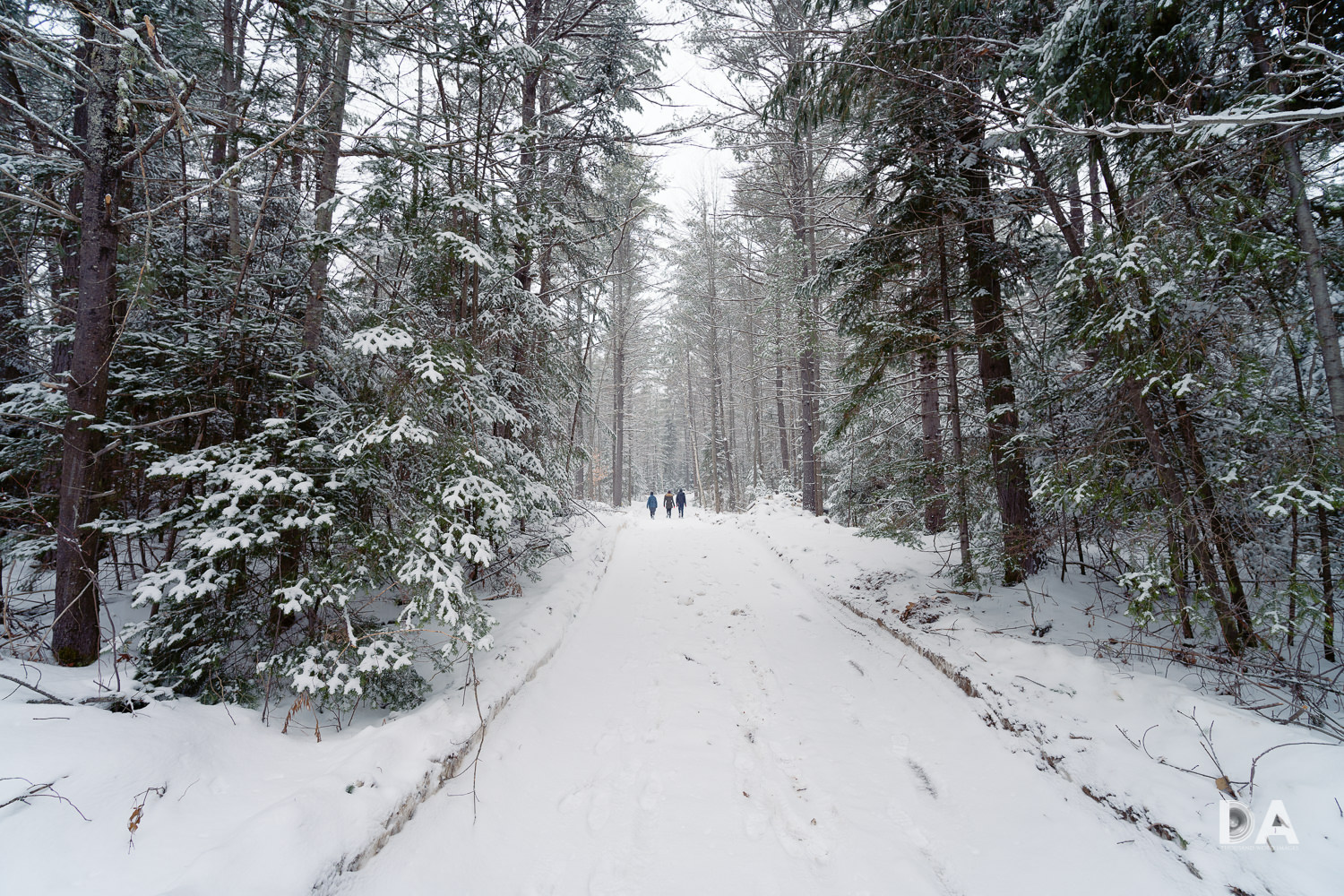
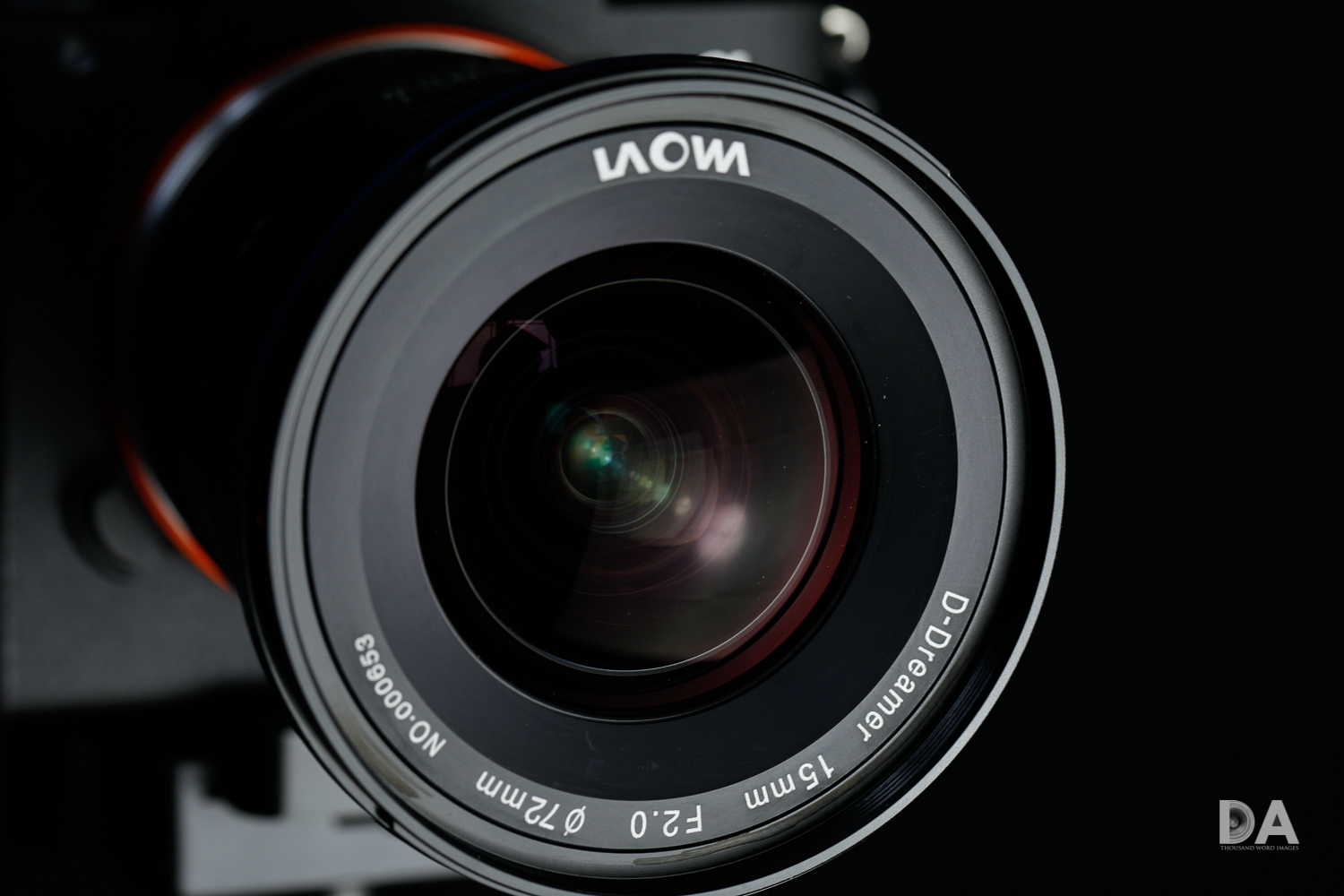
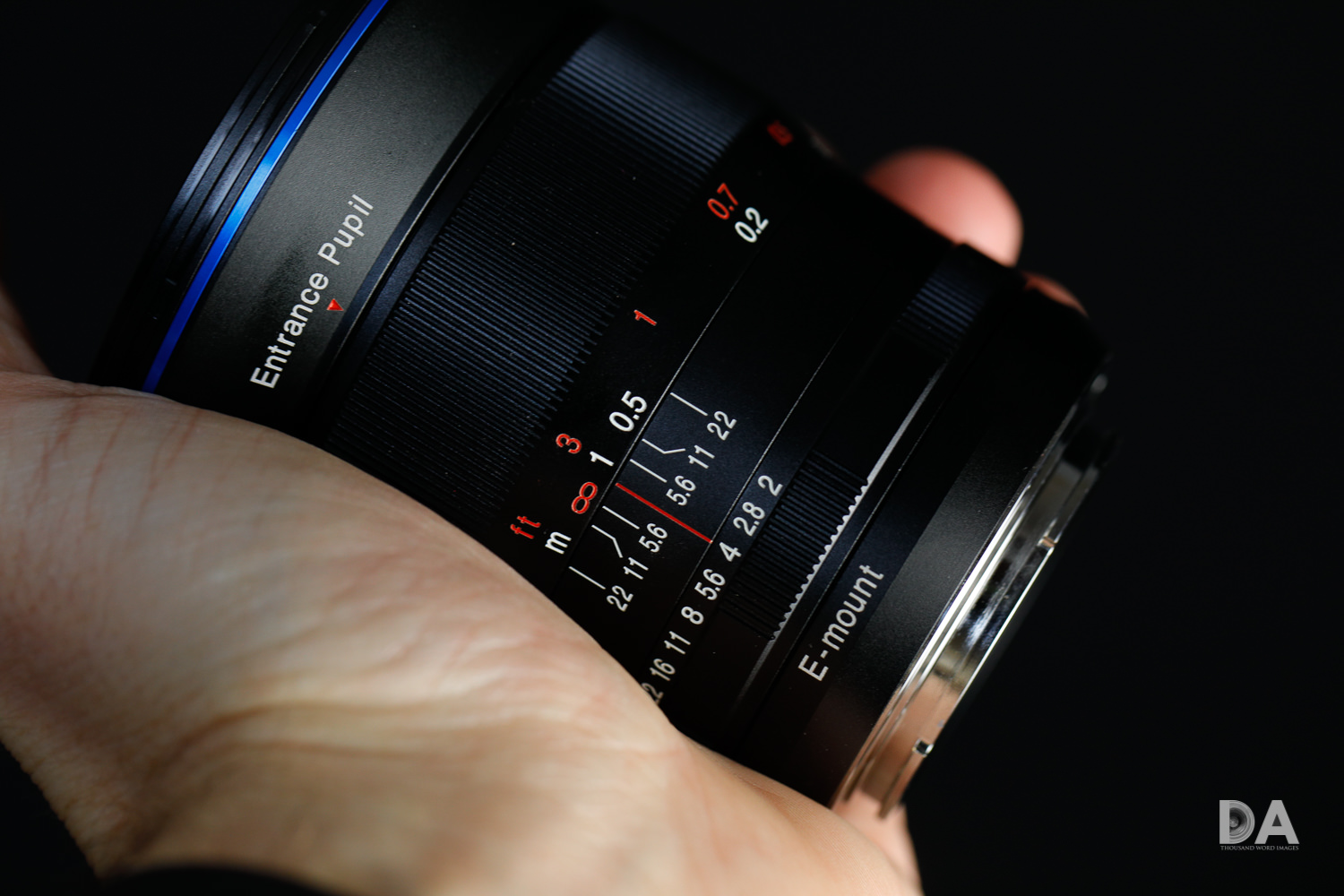

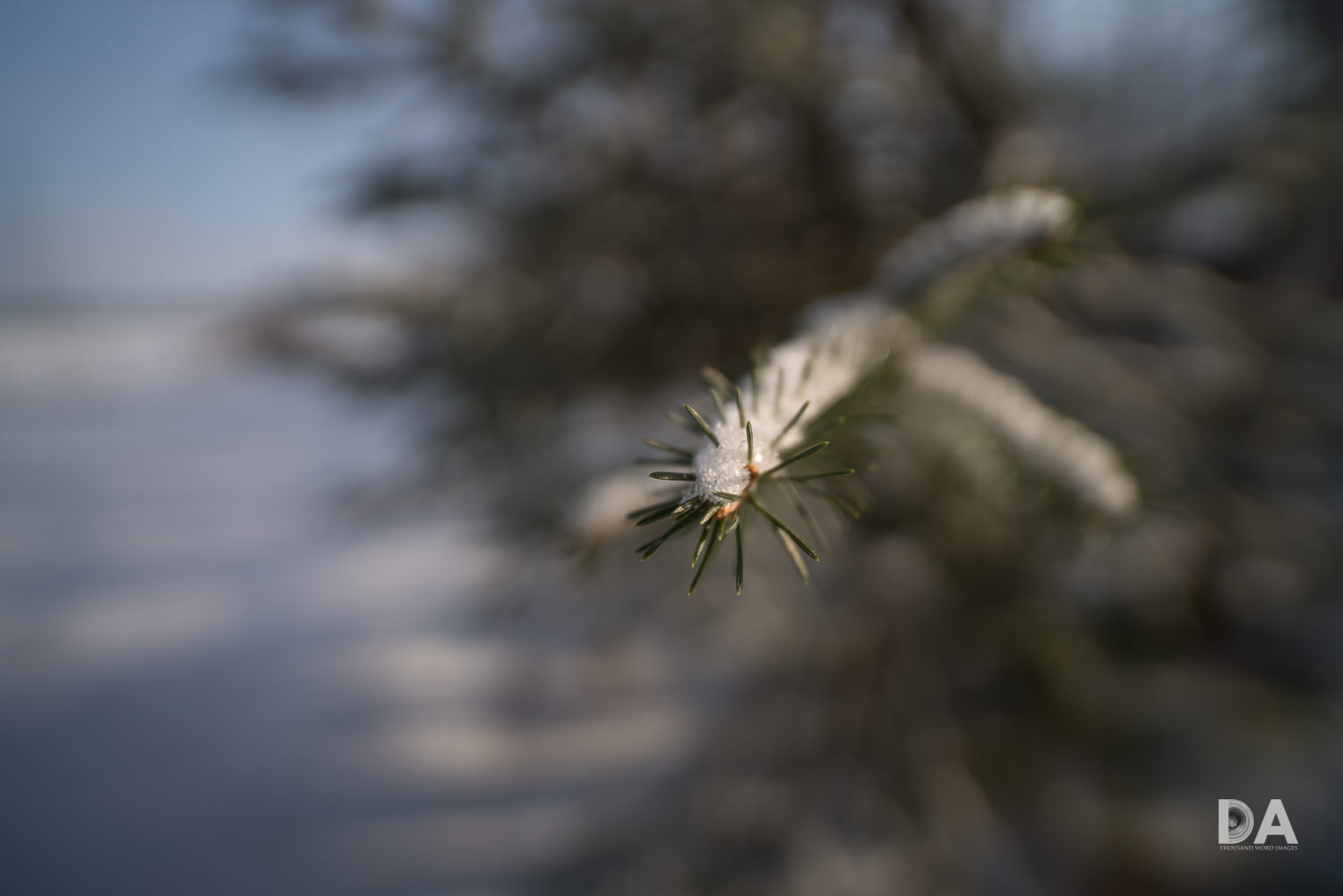

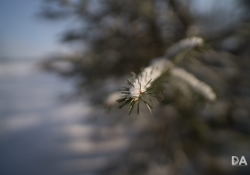




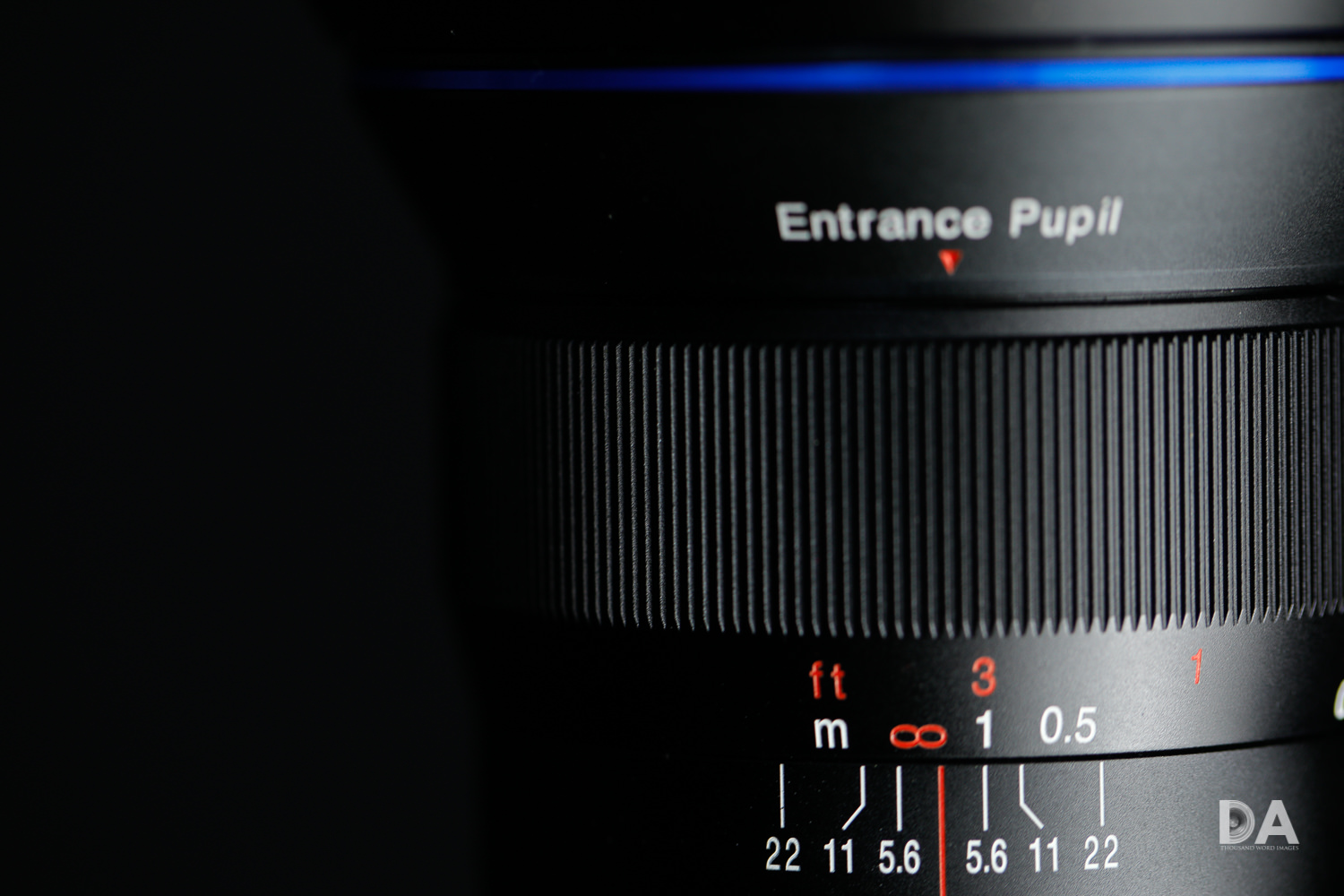

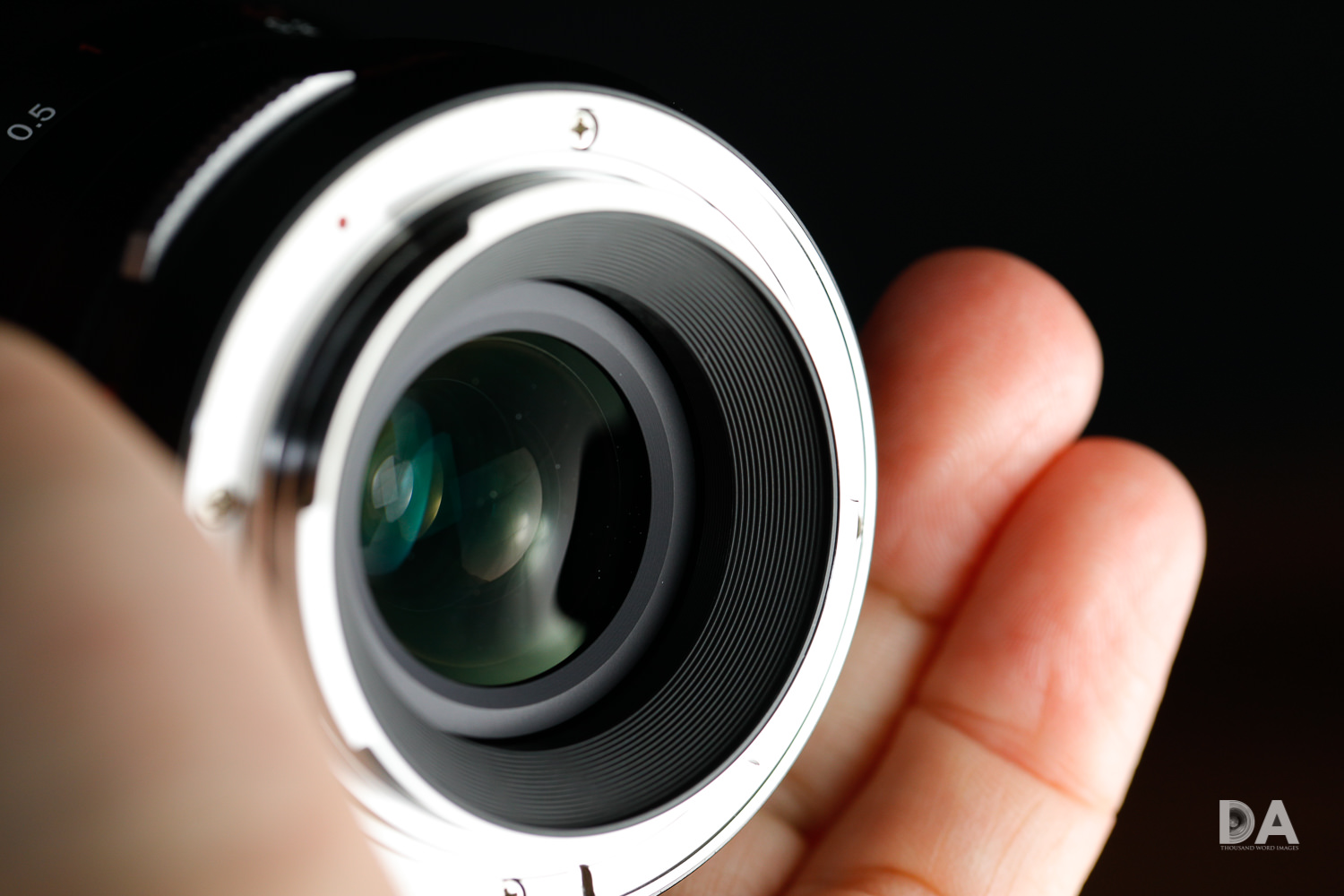
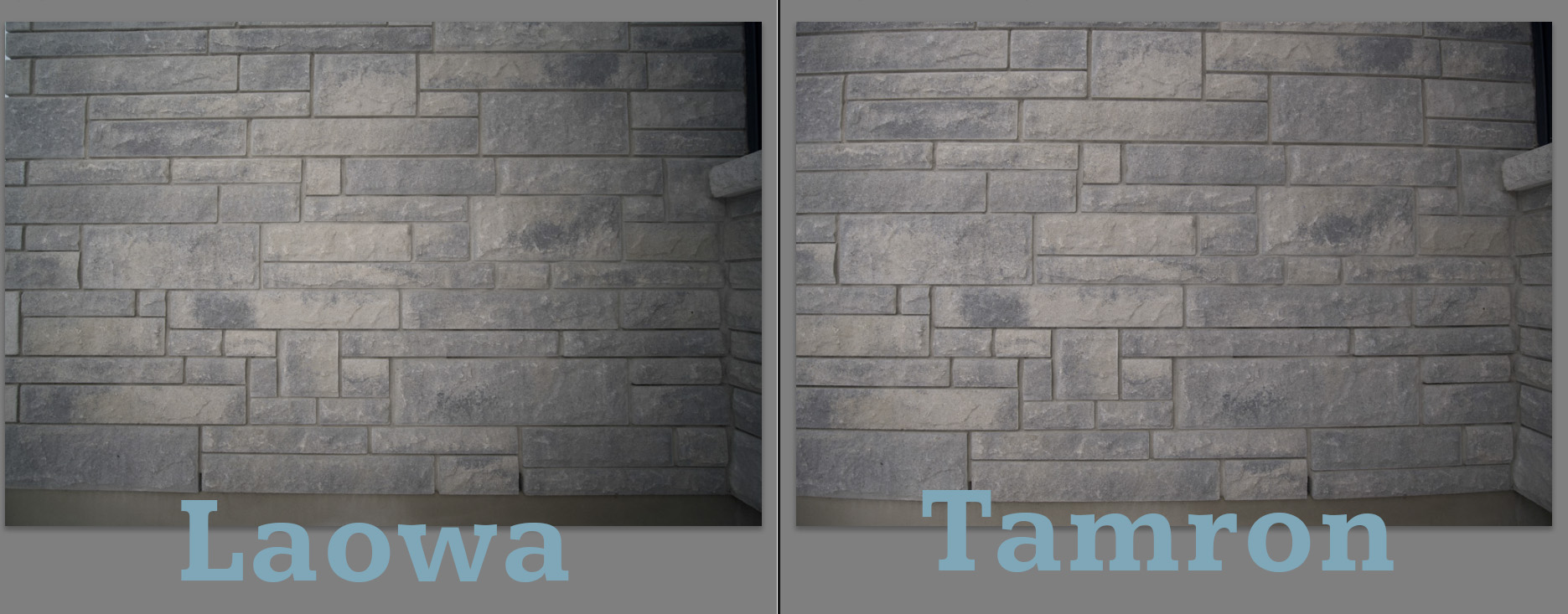
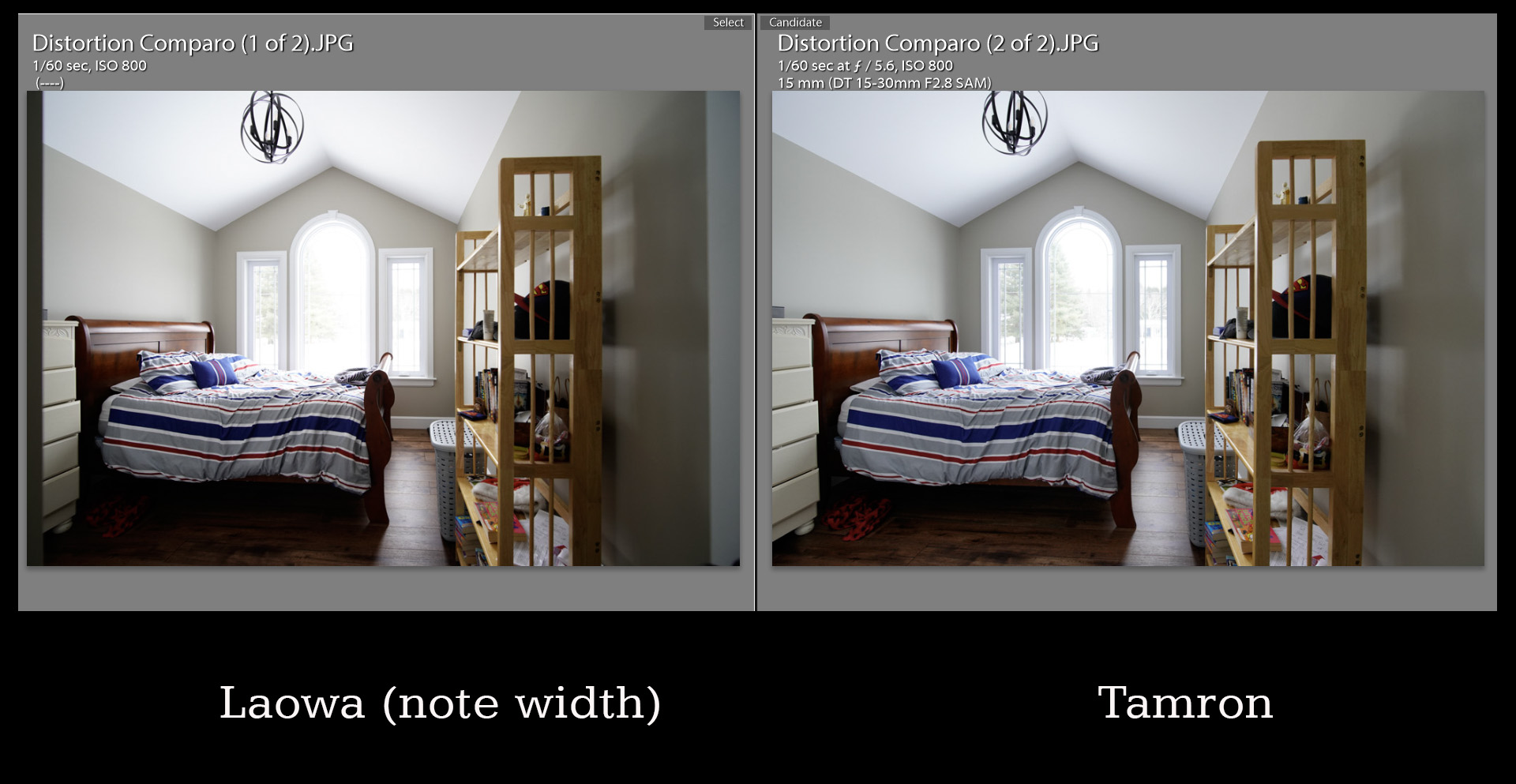





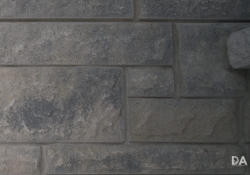


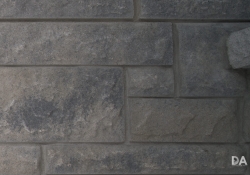


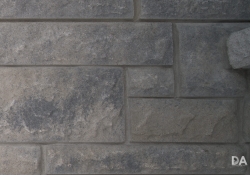


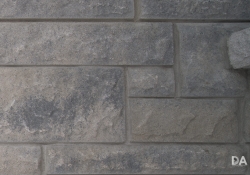
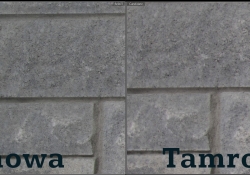
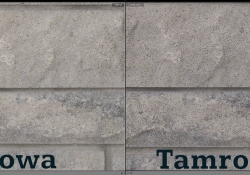
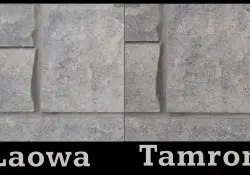
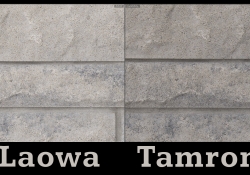
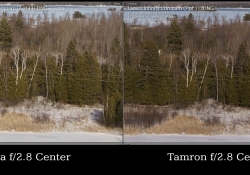
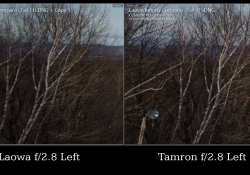
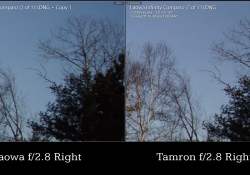
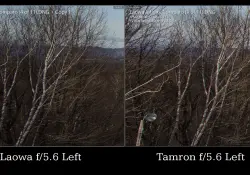
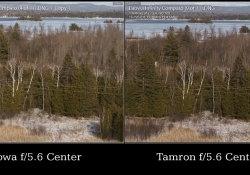
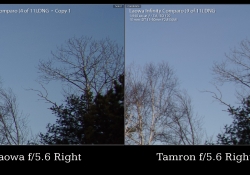
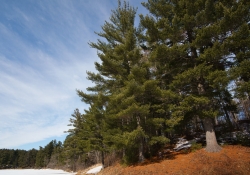

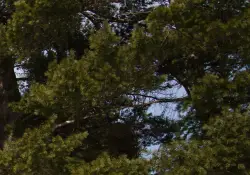

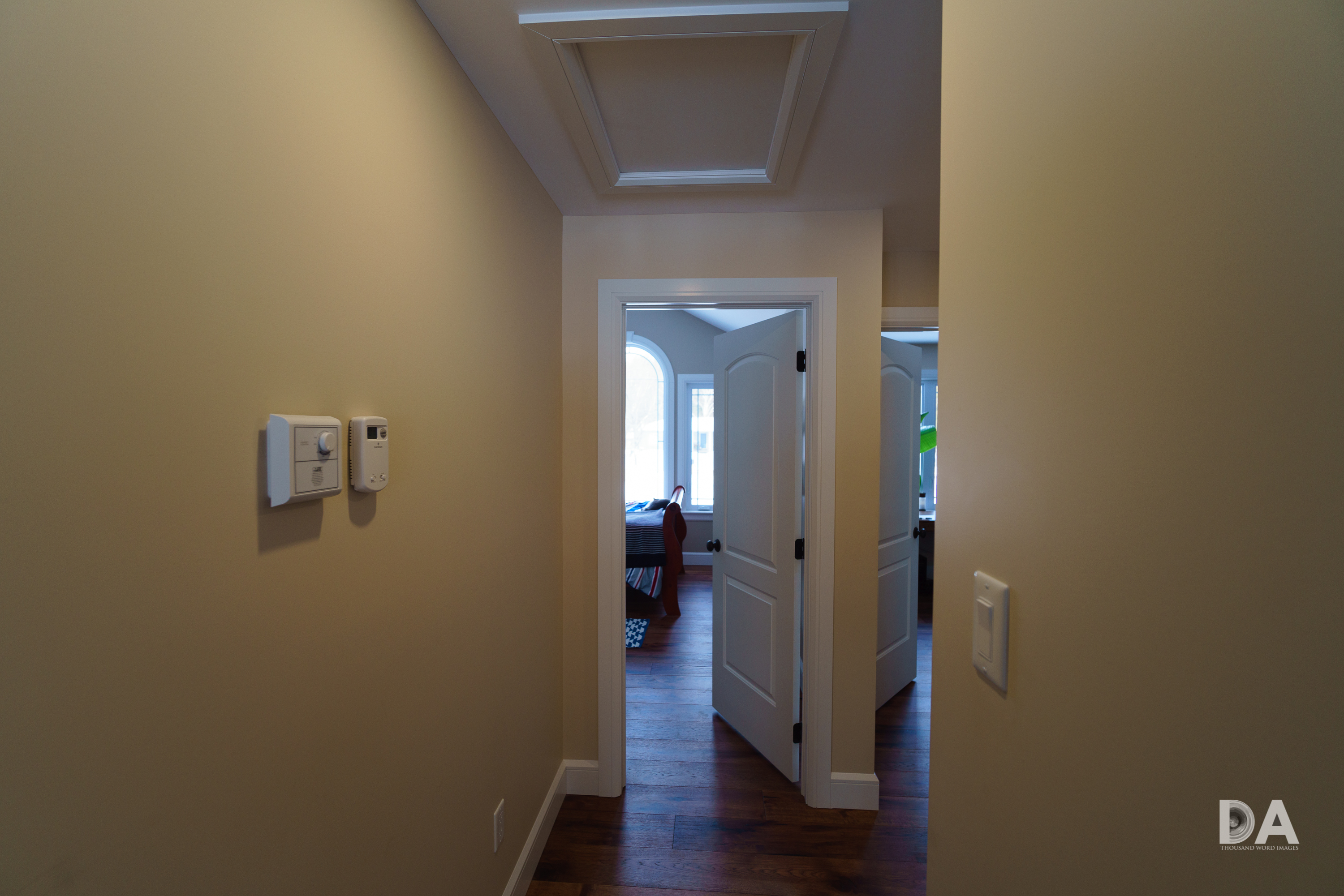
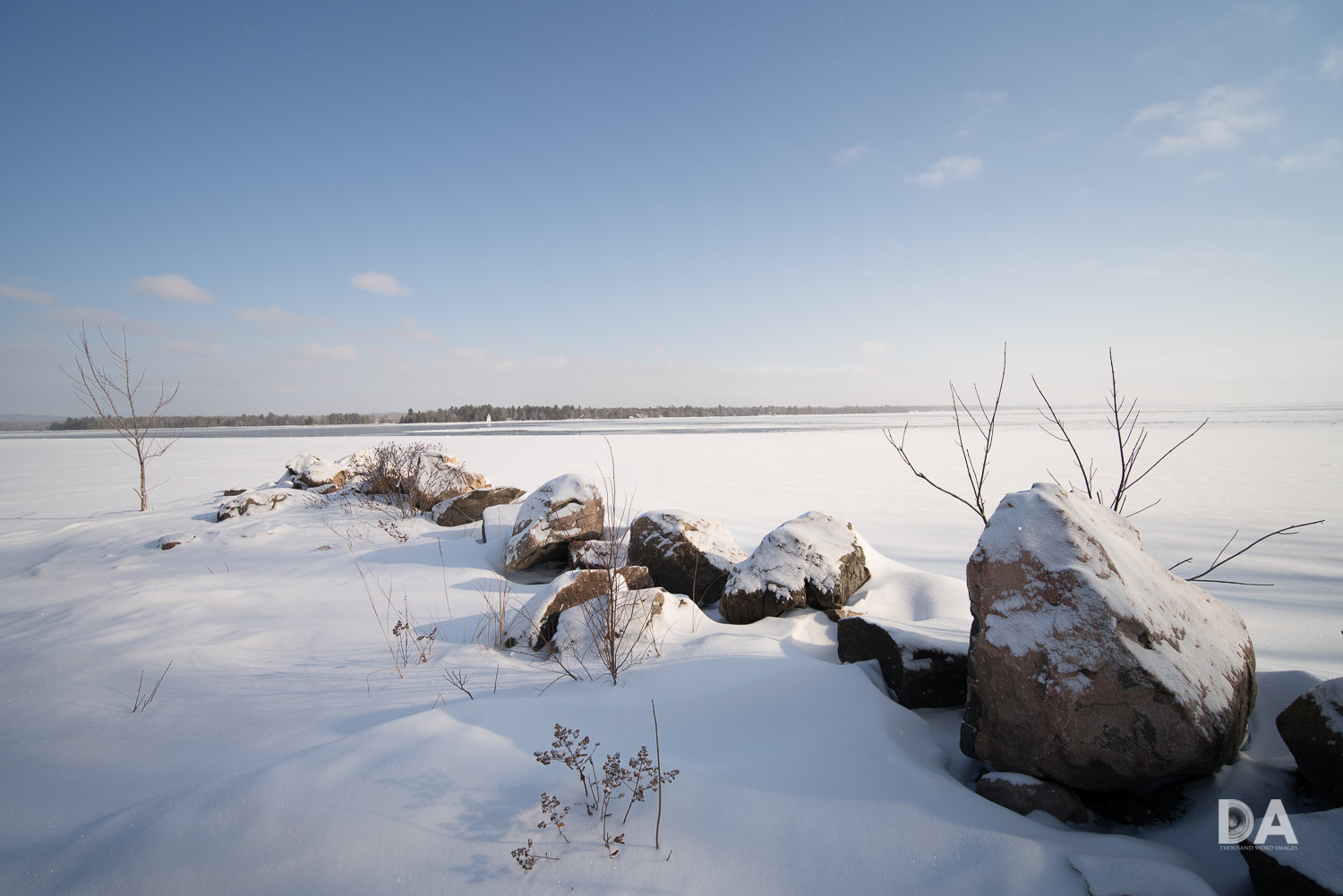
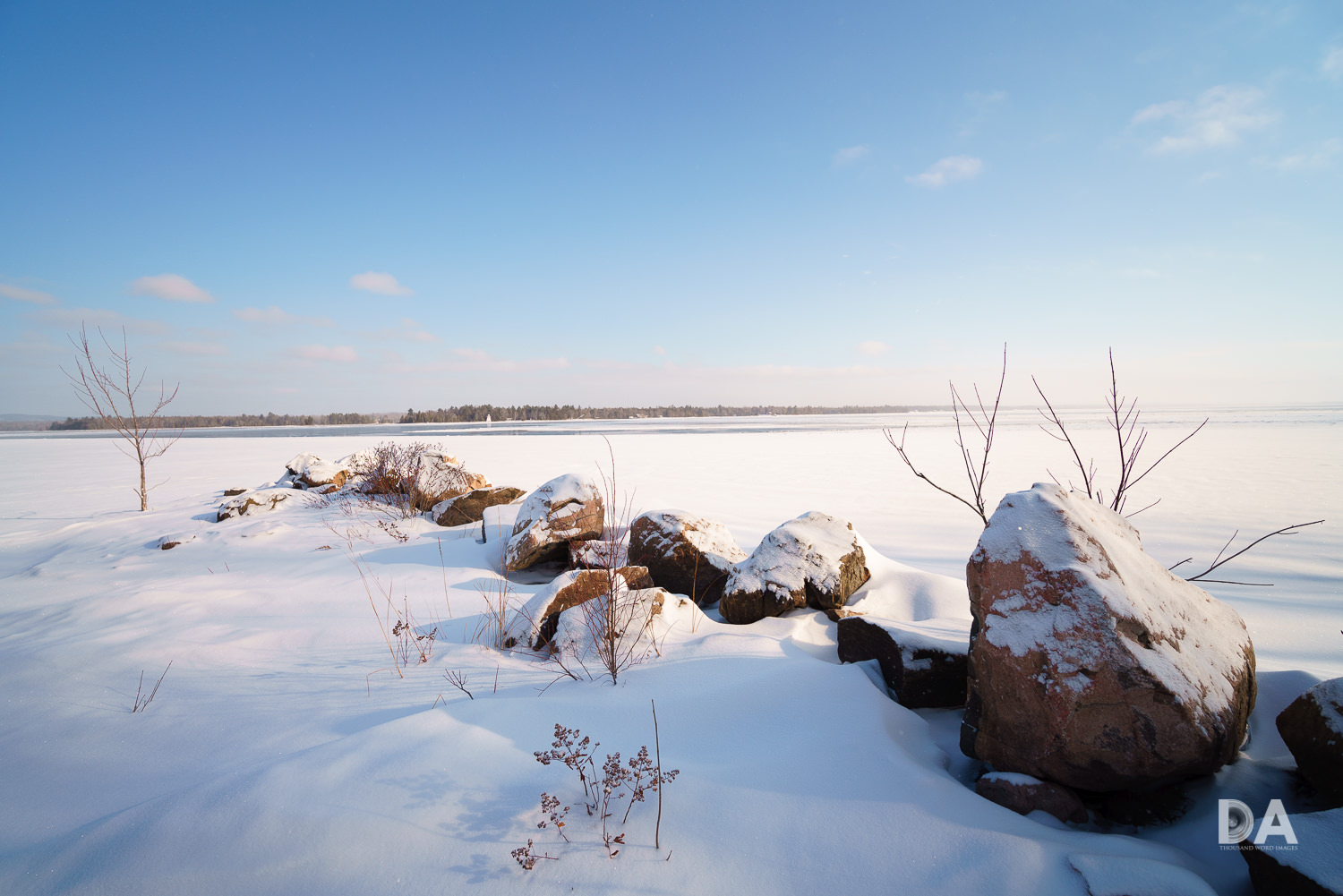





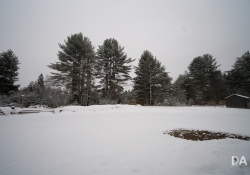

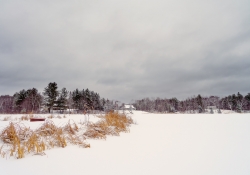




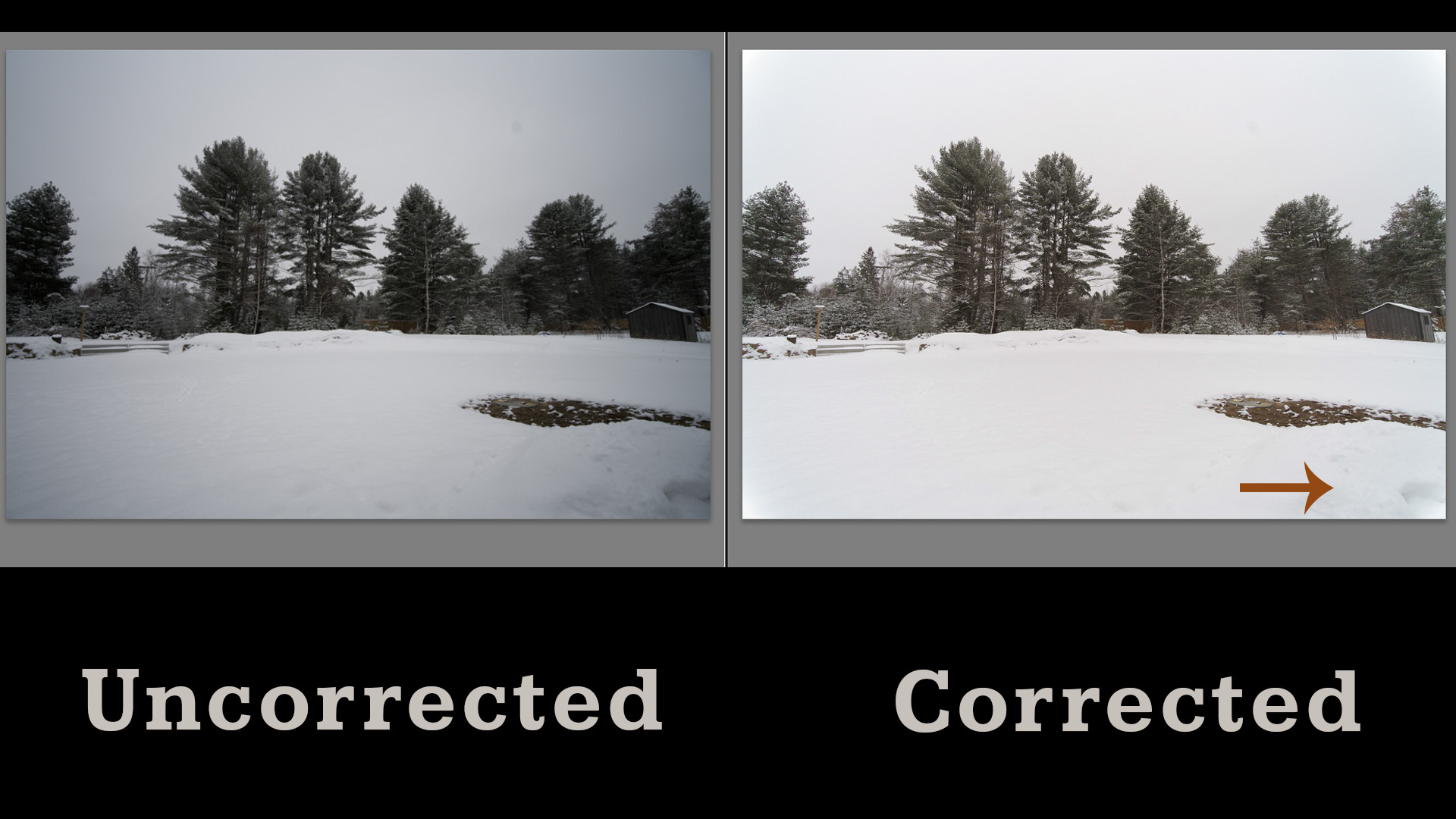
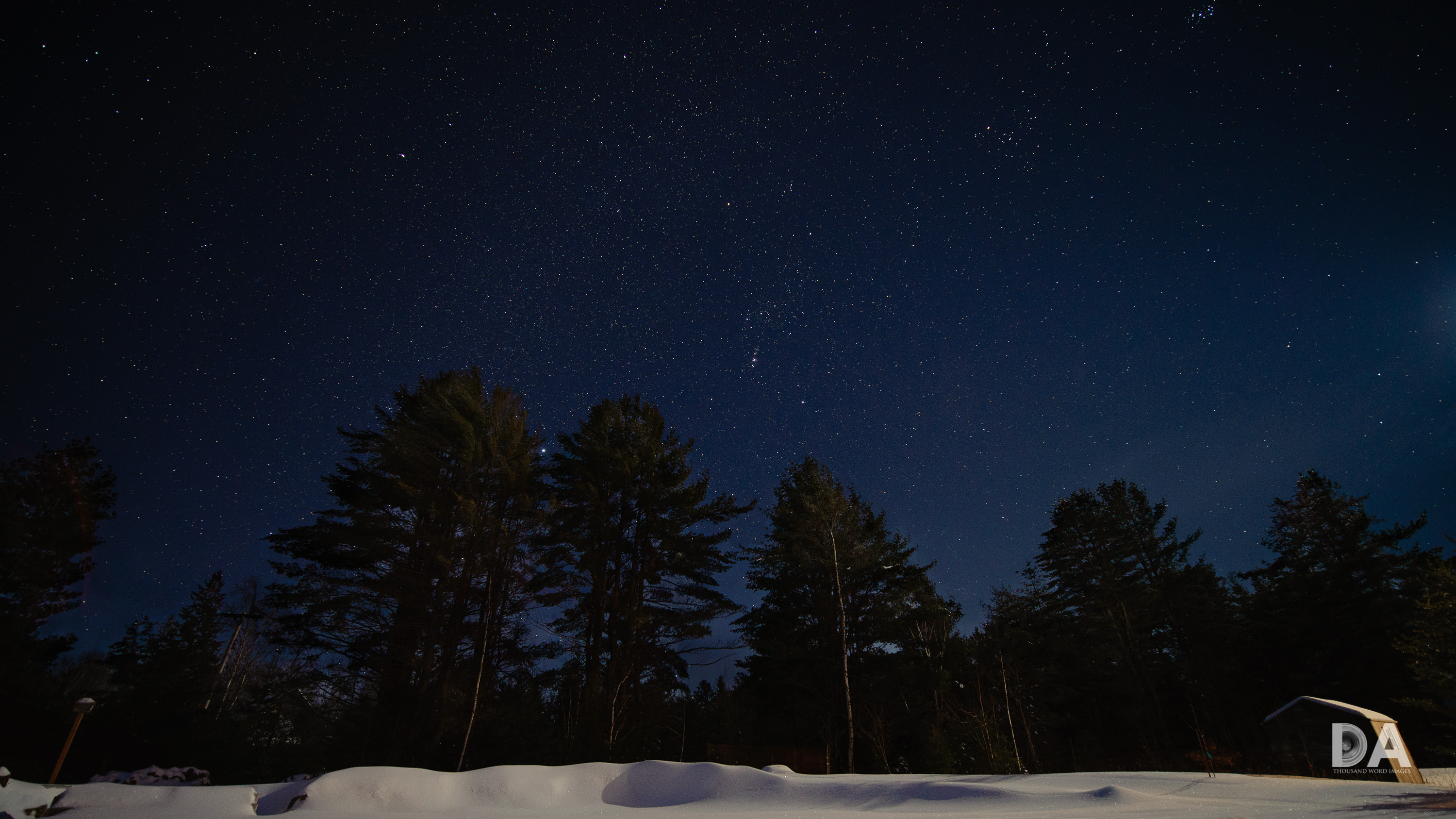
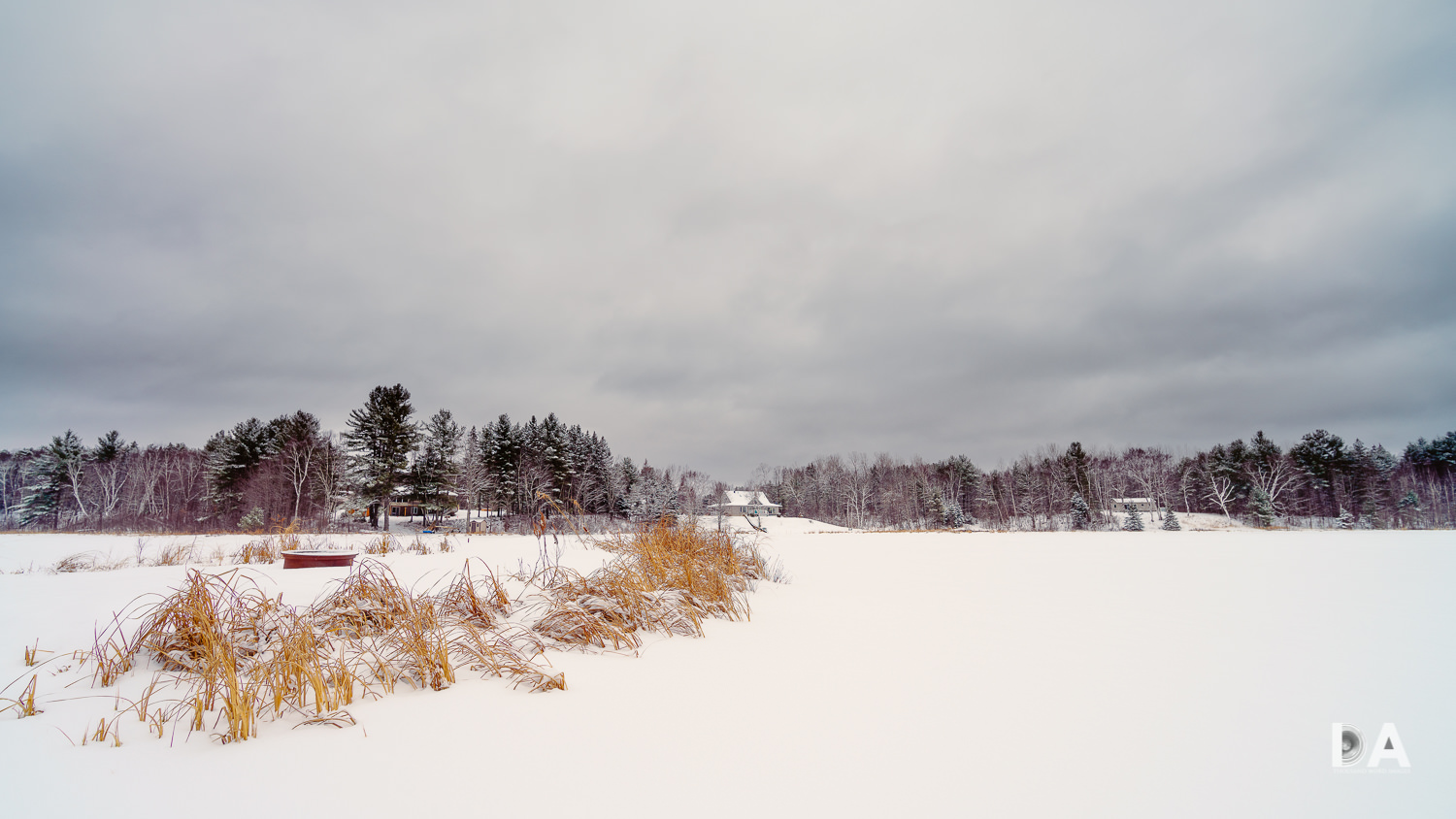





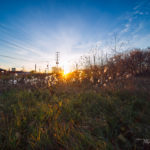

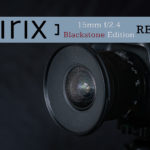
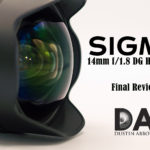

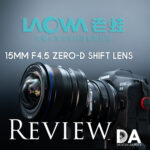


[…] having very low distortion is a priority for you, the Laowa 15mm f/2 Zero D that I recently reviewed might be a valid […]
[…] Dustin Abbott […]